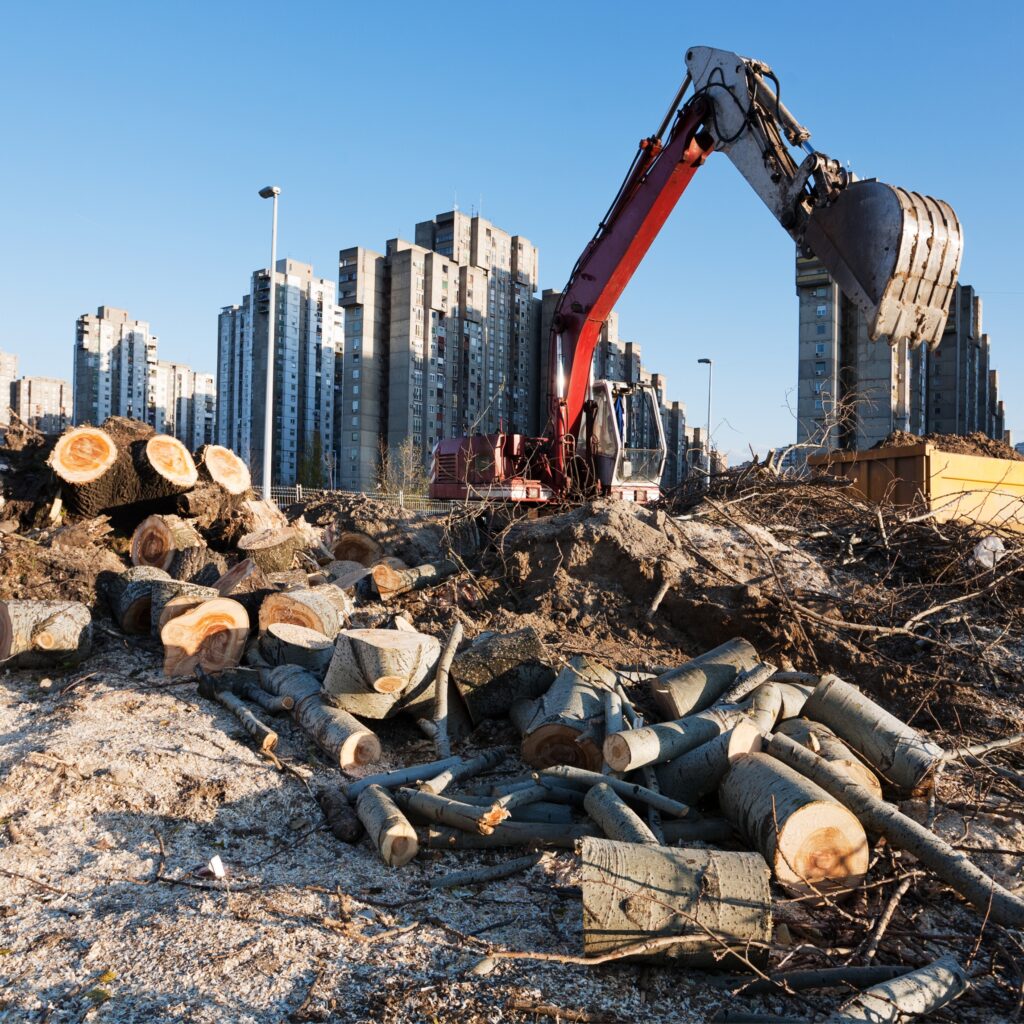Today marks Earth Day—a poignant reminder of our responsibility to care for our planet, especially in light of the escalating environmental crises brought on by human-caused climate change.
Sponsored by Senator Gaylord Nelson, Earth Day was created in 1970 to thrust the U.S. government’s lack of environmental regulations into the national spotlight. That year, 20 million Americans demonstrated in support of environmental reform, catalyzing the establishment of the U.S. Environmental Protection Agency (EPA). Without the EPA, important environmental legislation like the Clean Air Act and Clean Water Act would not exist.
But there are deeper reasons for our environmental issues that surpass a mere lack of regulation. Despite the presence of the EPA, we are witnessing before our very eyes the effects of climate change—extreme weather patterns and environmental crises, rising temperatures, and devastating impacts on human health, particularly in marginalized communities. Moreover, ecosystems worldwide are facing unprecedented disruption, leading to biodiversity loss and habitat degradation on a global scale.

What if our very understanding of the environment—and our relation to it—is at the root of climate change?
In the West, we tend to perceive ourselves as distinct from other living beings and detached from our environment, viewing the Earth as a separate entity rather than an integral part of our existence. This disconnect is perpetuated by the false dichotomy between mind and body, wherein the mind is viewed as superior to the body—again, a Western cultural construct rather than an objective truth. Consequently, we struggle to embody a sense of interconnectedness with the Earth, treating both our bodies and the planet as commodities to exploit.
As such, when we Westerners speak of environmental issues, we tend to regard the “environment” in abstract terms, as something separate from human life. However, in other cultures, the very notion of the “self” is inclusive of the land and the beings that inhabit it (Kimmerer 2013). Indigenous Peoples, for example, assume the land as part of the self (Kimmerer, 2013). This understanding is evident in Indigenous Peoples’ languages themselves; in the Apache language, for instance, “land” and “mind” share the same root word (Kimmerer, 2013).
Ecopsychology is a subfield of psychology that attempts to address the destructive impacts of our alienation from our environment—not only on the individual, but on society and the Earth as a whole.

Like all forms of psychology, ecopsychology is concerned with human nature and behavior (Roszak, 1995). Unlike mainstream psychology, ecopsychology assumes “that at its deepest level the psyche remains sympathetically bonded to the Earth that mothered us into existence” (Roszak, 1995, p. 5). In other words, our innermost thoughts, feelings, and consciousness are intrinsically connected to the Earth. Our psychological well-being and the well-being of the planet are not distinct from one another but deeply, undeniably intertwined.
Having an embodied relationship with the planet is therefore not just beneficial but fundamental to our mental health.
One of the central claims of trauma expert Bessel van der Kolk’s (2014) acclaimed book The Body Keeps the Score: Brain, Mind, and Body in the Healing of Trauma is that the ability “to feel safe with other people is probably the single most important aspect of mental health” (p. 81). When we objectify the Earth, to which we are inherently connected, we become more alienated from ourselves, making it a greater challenge to forge and uphold secure connections with our fellow people and, thus, to be truly well.
Clinical psychologist Chellis Glendinning (1995) goes as far as to state that our alienation from the Earth is the “‘original trauma’” from which other traumas, such as attachment trauma, arise (p. 41). While the majority of us today are concerned about climate change, we often dissociate from its reality, keeping it out of the realm of our conscious awareness—a hallmark of trauma. We grow increasingly reliant on our various technologies, retreating further and further into our minds while, at the same time, becoming more disconnected from our bodies. Of course, all of this only reinforces our false sense of separateness from the Earth.
When we do confront the reality of climate change, whether by choice or by chance, many of us experience not only anxiety but profound dread, hopelessness, and despair.
Faced with such overwhelming emotions, we may then resort to self-numbing, distraction, or denial, whether consciously or not.
These behaviors are far from moral failings. Rather, they indicate that our disconnect from the Earth, which gives way to planetary exploitation, is indeed traumatic. Instead of meeting these behaviors with guilt and shame, which only exacerbates feelings of hopelessness and futility, we invite you to show yourself compassion and understanding instead.
The pain that we feel for the world amidst global climate catastrophe is not something to fear. “Suffering with” is the literal meaning of compassion. Rather than trying to suppress our overwhelming emotions, we can work “with our despair for the world,” as environmental activist Dr. Joanna Macy and resilience specialist Dr. Chris Johnstone explain in their book Active Hope: How to Face the Mess We’re in without Going Crazy (2012, p. 84). When we are receptive to the flow of our emotions, a weight is lifted, and we are transformed, fueling our determination to act on behalf of the Earth (Macy & Johnstone, 2012, p. 89).

This Earth Day, what if we began to view climate change not as an external issue to be solved, but as a gateway to exploring our collective trauma of alienation?
There is nothing that could take away your belonging to this planet. We are part of the Earth. When we nourish this connection, recognizing our inherent interconnectedness with all living beings on Earth, we come home to ourselves.
Each of us, no matter who we are or where we reside, can cultivate a more harmonious relationship with the Earth. But to do so, we must be open to our suffering, recognizing that the Earth speaks through us. Only when we heal our wounds of separation can we forge a more sustainable and equitable future for us all. The time to begin is now.
Start Working With a Trauma Therapist in Los Angeles, CA
At Kindful Body, we utilize the most cutting-edge, evidence-based approaches to trauma treatment, including Internal Family Systems (IFS), EMDR, and Somatic-based modalities and approach disordered eating and body image from a Health At Every Size (HAES) lens. You can begin therapy with us by following these steps:
-
Schedule a free 15-minute consultation with our client care coordinator.
-
Connect with a caring, experienced therapist.
-
Start improving the relationship between you and your body!
Other Services Offered by Kindful Body
Our team is happy to offer a variety of services in support of your mental health, including therapy focused on self-esteem issues, trauma and PTSD, emotional eating recovery, binge eating disorder, and body image, as well as nutrition counseling. You can start receiving support from Sacramento, San Jose, Oakland/Berkeley, Walnut Creek, San Mateo, Orange County, or anywhere in California.

